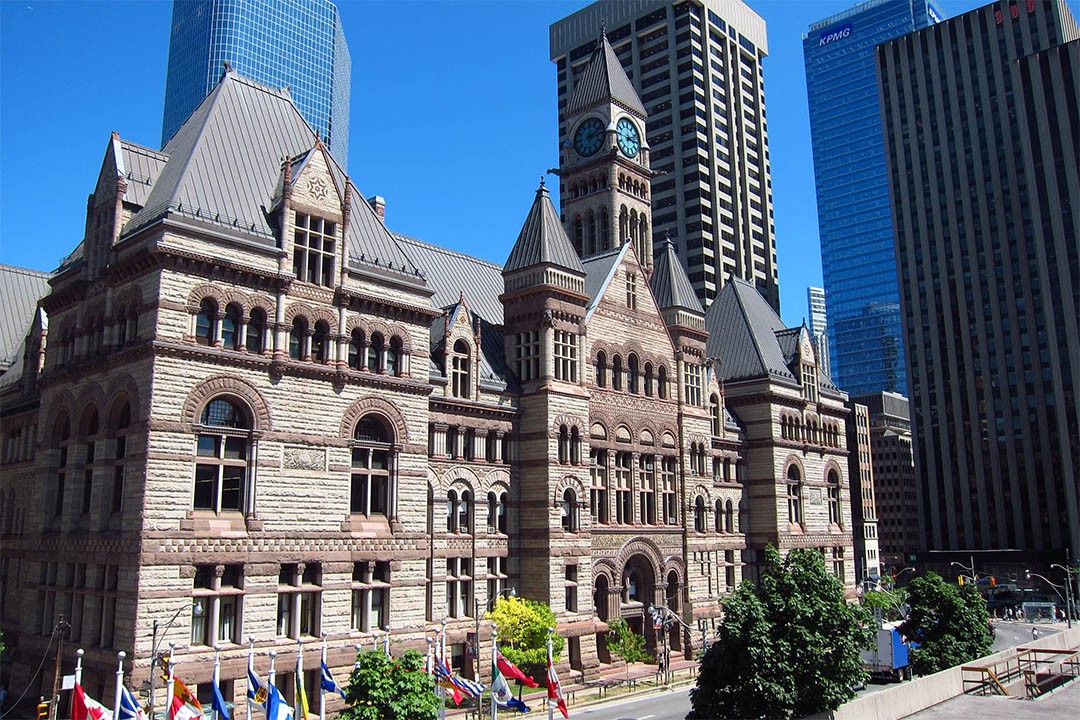You’ve been arrested by the police. Handcuffs on. A night at the police station. Maybe even a bail hearing. You now face the daunting prospect of standing before a judge at your first court appearance. I have good news for you. Much of the anxiety surrounding a first court of appearance is unfounded. The first court appearance is a dull, low-risk experience in which little of substance occurs.
You would be best advised to retain a lawyer before your first appearance. If you do, the lawyer may attend court on your behalf. Indeed, if you retain a lawyer before your first court appearance, you may never need to step inside a courthouse. In most cases, though, you will not need a lawyer for your first court appearance.
The first court appearance is your chance to see what penalty the prosecutor is seeking. For very minor offences, the penalty could be an opportunity for a withdrawal of the criminal charge(s). Accused persons are often shocked to learn that the prosecution is seeking a jail sentence for their first experience in the criminal justice system. This could actually be a good thing. Why? You could get a free lawyer out of it. The prospect of a jail sentence increases the eligibility for Legal Aid Ontario to pay for your criminal lawyer.
The front door of the courthouse
The first thing you’ll encounter at the courthouse will be security at the front door. Like at the airport, be sure to put your metal and electronic objects in the blue tray and proceed through the metal detector. Once you pass through, find the courtroom that is listed on your bail papers or ‘promise to appear’ paper.
Outside the courtroom
Outside of the courtroom you will see a list of names. This is called the docket. There are multiple dockets stapled together. Look for the docket that lists the time of your court appearance and then look for your name. If you see your name you can be certain that you’re in the right place. Before you enter the courtroom put your cell phone on silent, dispose of any drinks in your hand, and remove any non-religious headgear. If you don’t the court clerk will yell at you. It’ll be awkward and you’ll silently stew while you wait seemingly eternally for your name to be called.
The people in the courtroom
When you enter the courtroom, the presiding justice will be a justice of the peace. This is different than a judge. A justice of the peace conducts administrative court appearances and bail hearings. They do not decide criminal cases. Let me say it again - the justice of the peace will not decide your criminal case! You can tell the difference between a justice of the peace and a judge based on the colour of their sash – a justice of the peace wears a green sash, a judge wears a red sash.
Your case will not be decided at the first court appearance. At best, you will be given a copy of some of the prosecution’s evidence – this is called disclosure – and be asked to come back in two to three weeks. At worst, you will be given nothing and asked to come back in two weeks to a month. You do not need to dress up for this court appearance. The people in the courtroom will likely not be at your trial. The justice of the peace will certainly not be present at your trial.
Duty Counsel
When you enter the courtroom you will be greeted by the duty counsel. This person is on your side and is there to assist accused persons who do not have a legal representation. Duty counsel will give everyone a speech about their rights and options for the day.
The actual appearance before the Justice of the Peace
Now comes time for you to be called to the front podium. The order of appearances is governed by the Barristers Act. This legislation requires that cases handled by lawyers and paralegals be called first. If you do not have a lawyer, you will be waiting for these other matters before your case is called. Once your case is called, walk up to the podium, say your name out loud for the record, and be prepared to speak with duty counsel. You will receive whatever evidence the prosecutor has in their possession and asked by duty counsel when you can come back to court for the second court appearance. Duty counsel will communicate on your behalf with the justice of the peace and prosecutor. If you are nervous about public speaking you need not worry about your first court appearance. Duty counsel will say almost everything for you. You will only have to say your name when you are first called up to the podium.
If the prosecutor has indicated on your disclosure package that they are seeking a jail sentence, you should go to the Legal Aid office in the courthouse to apply for a Legal Aid certificate. If granted, the certificate will allow you to hire any lawyer in Ontario who is willing to work at Legal Aid rates. The vast majority of criminal lawyers accept Legal Aid certificates. I am one such lawyer.
In sum
You should budget to be in the courthouse for about 2 hours. To be clear, you do not need to:
- dress up
- hire a lawyer (yet)
- bring your witnesses
- say anything to the justice of the peace or prosecutor beyond your name
Most importantly, your case will not be decided on that day.
In anticipation of the second court appearance it is very important that you contact Legal Aid to see if they will grant you a certificate, and retain a lawyer so that she or he can begin to prepare your defence.
Next blog post: choosing to have a trial in the Ontario Court of Justice vs. the Superior Court of Justice.
